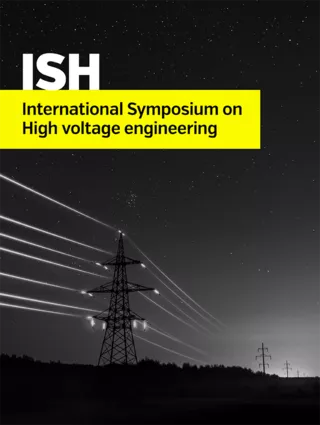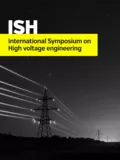Summary
Using the difference of time of the arrival of reflected and incident electrical waves generated by Partial Discharge (PD) for localizing PD is a reliable localization method. The method is very useful in off-line measurements, since the end of the cable is open, and there is a great mismatch between cable characteristic impedance and impedance of open circuit. However in the case of on-line measurements, the load is not always near the measurement unit to cause a measurable reflected PD signal. Cable joints are the only repetitively occurring impedance mismatches in a cable run. Also the distance between two successive joints is rarely longer than 500 m. Thus with implementing measuring units in each joint, reflected PD signals experience the attenuation corresponding to 1000 m propagation in the cable, at most . However reflections caused by joints are smaller in amplitude compared to those caused by open circuit, because of joint small length and small impedance mismatch between joint and cable. The impact of cable joints on signal reflection is studied in the present paper. As every impedance mismatch results in voltage and current surges reflection and refraction, the authors started a study on the impact of joints on propagation of PD current waves along the cable. The utilized analytic procedure is based on current reflection and refraction coefficients. The method is using Bewely lattice diagram. The approach is similar to finding reflected and refracted voltage surges. Simulation results are introduced for different joint characteristic impedance, different lengths of the joint and different PD pulse widths. Besides, analytic results are acquired which show a good agreement with those of simulation. Successive reflections of PD due to impedance mismatch in the joints can be utilized for locating PD source, where the exact distance of the measuring unit from the joints in vicinity are known. In simulations, PD signals’ attenuation are considered to determine the sensitivity of the method, which is the smallest PD level for which reflected PD signal is recognizable from the ambient noise. However sensitivity of the proposed method differs widely from that of the off-line single sided method.
Additional informations
| Publication type | ISH Collection |
|---|---|
| Reference | ISH2017_297 |
| Publication year | |
| Publisher | ISH |
| File size | 847 KB |
| Pages number | 6 |
| Price for non member | Free |
| Price for member | Free |
Keywords
partial discharge, cable joint, impedance mismatch, reflection



